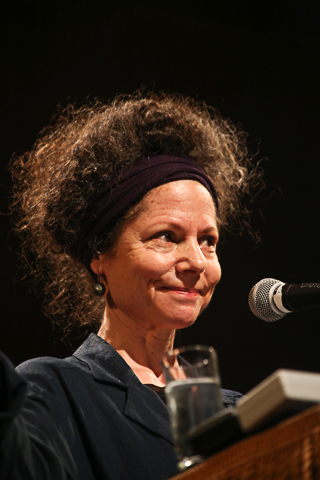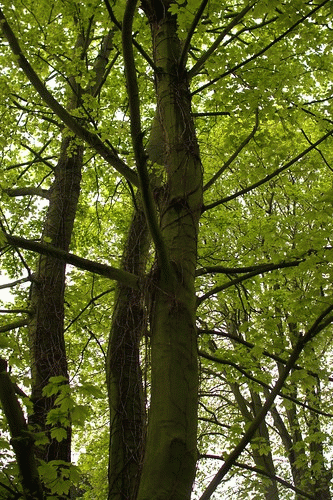The arborist Bob Berry, PhD, died peacefully March 25th, surrounded by family. Born July 31, 1938, Bob loved everything in the natural world. After working as a cowboy, he researched plant pathology and microbiology, including how to overcome blight on chile, tomatoes and other plants. He headed the math/science department at the College of Santa Fe, taught biology, chemistry and other sciences there and at the College of Osteopathic Medicine and Surgery, the Institute for Chinese Medicine in Santa Fe and other schools. In the late 1980s, he began working in Santa Fe nurseries, including Payne's. In 1992, he became a much sought-after arborist. Patty, his wife of 56 years, called him a tree whisperer.
My husband, Brooke Pyeatt, a tree pruner, frequently consulted with Bob about tree problems that he didn't understand. Several times each year, Bob stopped at our house for coffee.
In the spring of 2009, I noticed similarities between Bob's approach to remedying trees and the herbalist Susun Weed's Six Steps of Healing, which I described in relation to reproductive health in my book, The Garden of Fertility . "Leave those plants alone," Bob often said, if someone wanted to cut down weeds; and "Let me research it," when a new situation with a tree presented. Susun Weed's first steps are "Do nothing" and "Collect information." Thinking that we might write something together, Bob and I had several conversations where I transcribed his insights. Unfortunately, other projects swallowed me, and our paper didn't materialize.
The day before Patty phoned to let Brooke and me know that Bob was dying, I sorted a pile of old papers and found my decade-old notes from our conversations. Here are some highlights. In the areas where my notes were spotty, Brooke clarified what he thought Bob meant.
Plant basics
Plant life has three basic requirements: nutrition (nitrogen, phosphorous, potassium and other nutrients from the soil); water; and light and darkness.
There are two parts to a plant: the above ground and the below-ground. The roots send water to the leaves. The leaves absorb sunlight and synthesize it into energy that feeds the root. Anything that affects the balance between roots and leaves affects the plant. If the roots don't get enough water, they can't send enough water to the branches, and the tree may produce fewer leaves. With fewer leaves, there's less area for photosynthesis--for absorbing sunlight.
Some plants can't take full sun. Others can't grow in full shade.
The fruit bears the seeds that allow reproduction. Depending on the plant, germination happens at different times and temperatures and because of the availability of water. The amount of light and darkness that an organism receives per day also matters for germination, bud break and synthesis of nutrients.
Lots of plants have males and females. But plants are not movable. To make seeds and reproduce, they need a mobile pollinator to get their materials together. Insects collect the pollen from males and transfer it to females. (Some apple trees fertilize themselves.) Wind and hummingbirds can also transfer pollen. Some cacti can be pollinated by only one kind of bird.
As for the juniper tree, the females have berries. Male pollen causes allergies. If you cut down those male trees, the berries go away, and you won't get new junipers.
Dormancy, drought and dying
(Note: You can view every article as one long page if you sign up as an Advocate Member, or higher).






